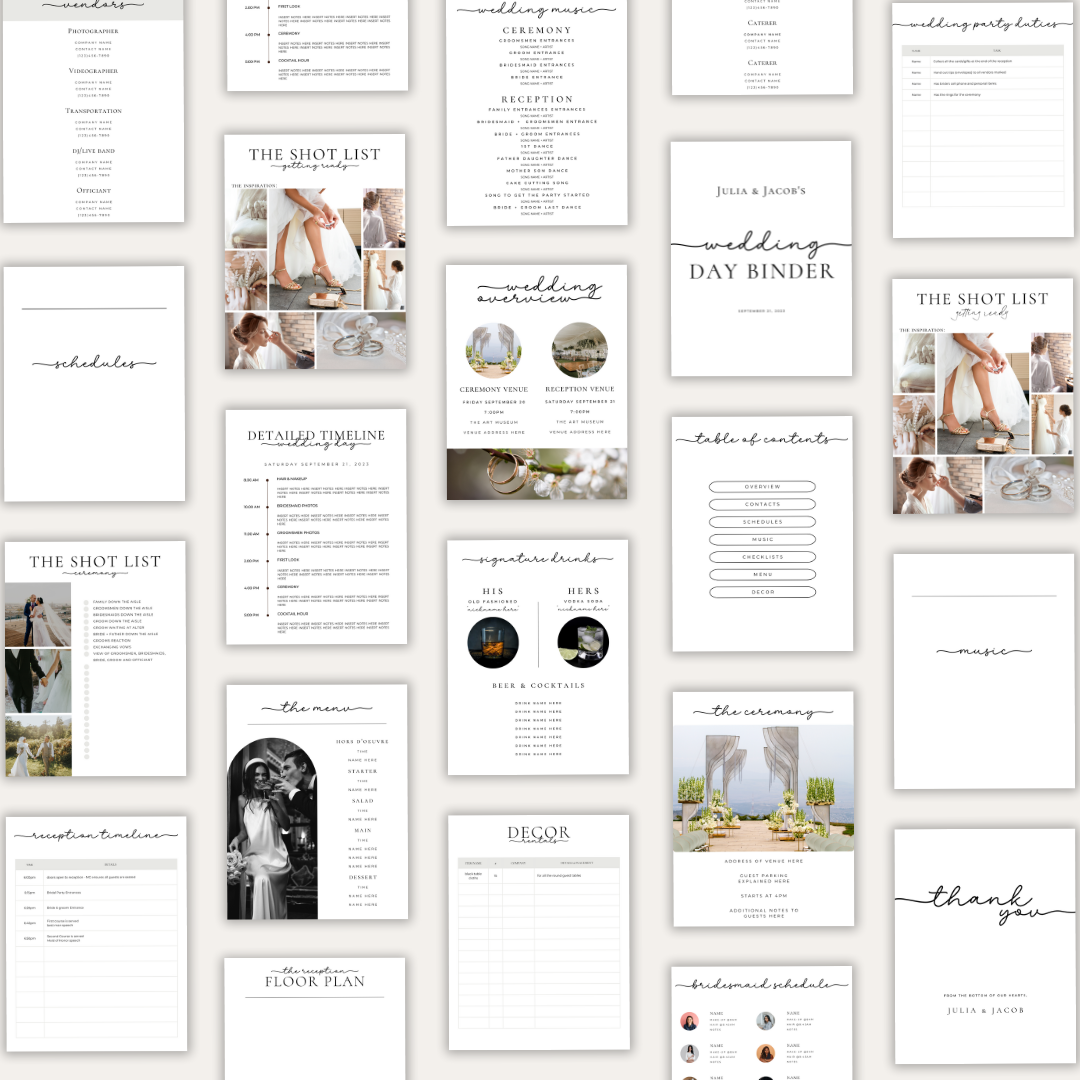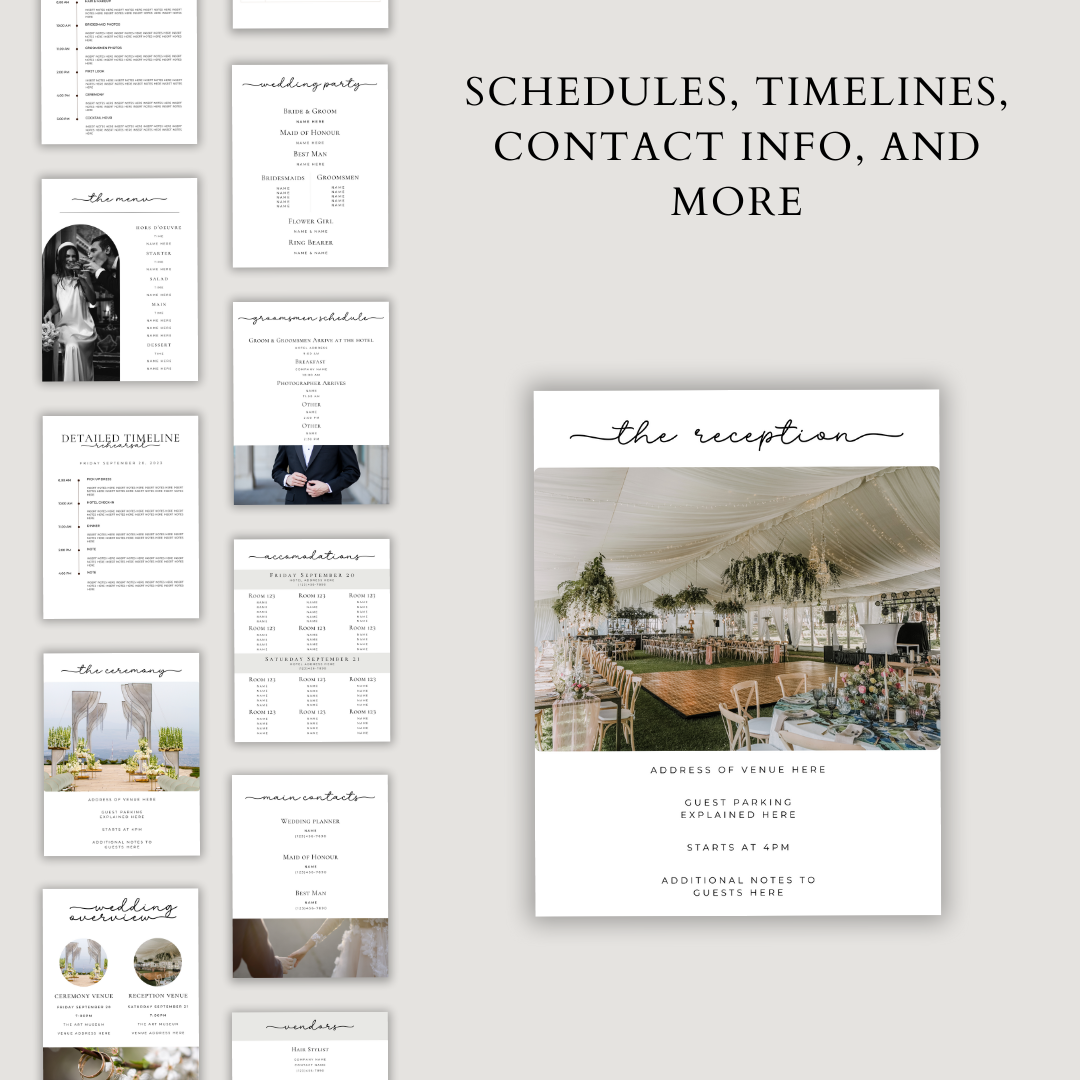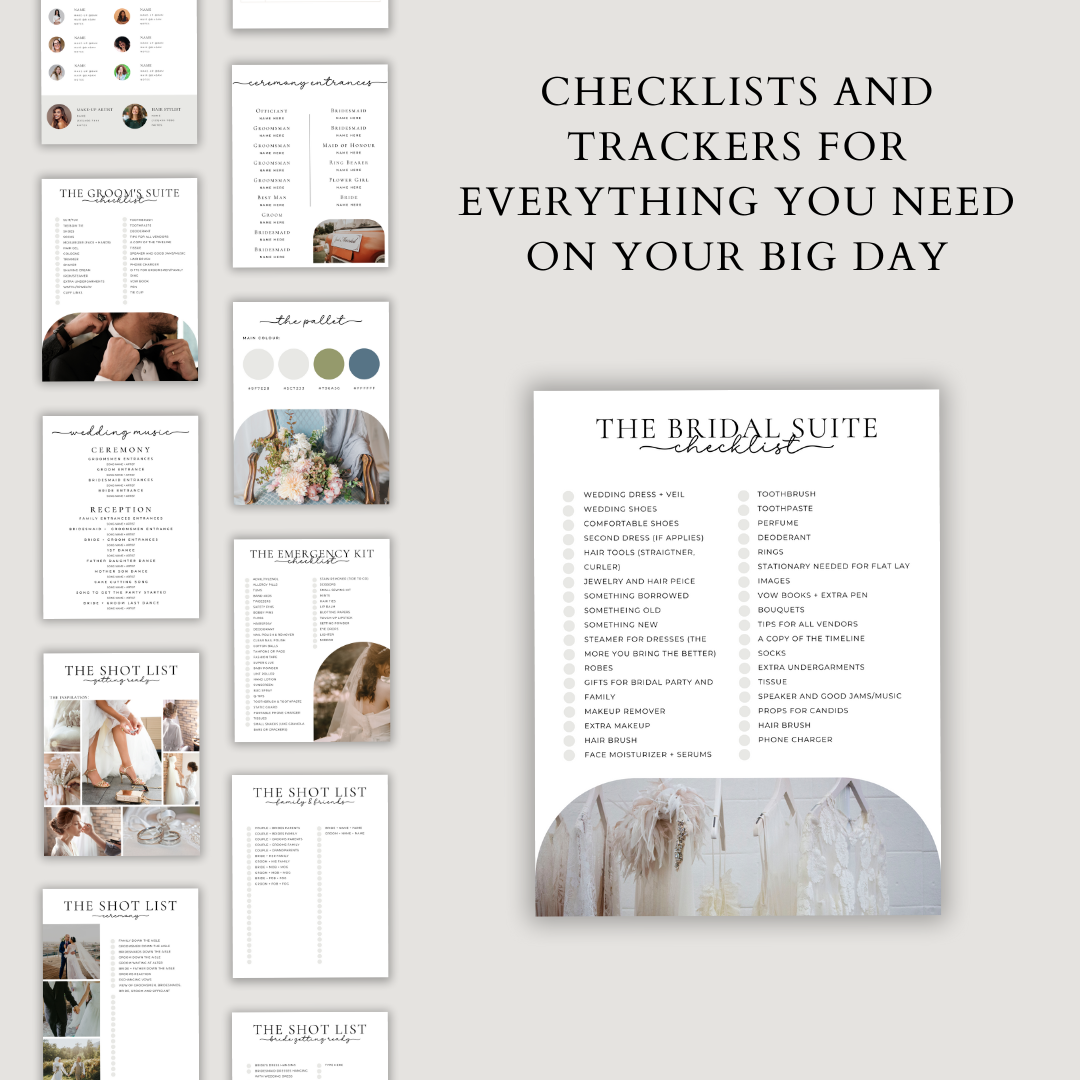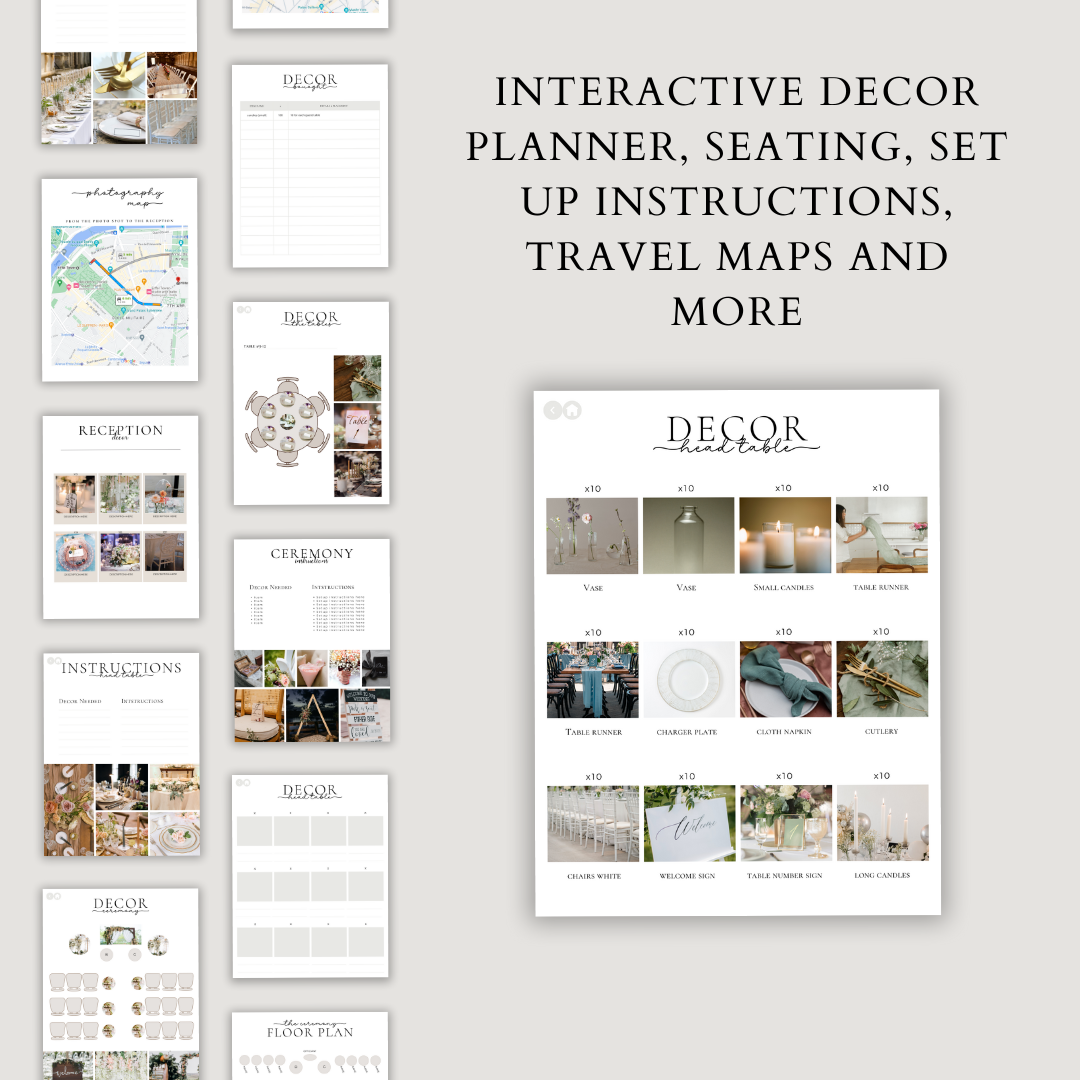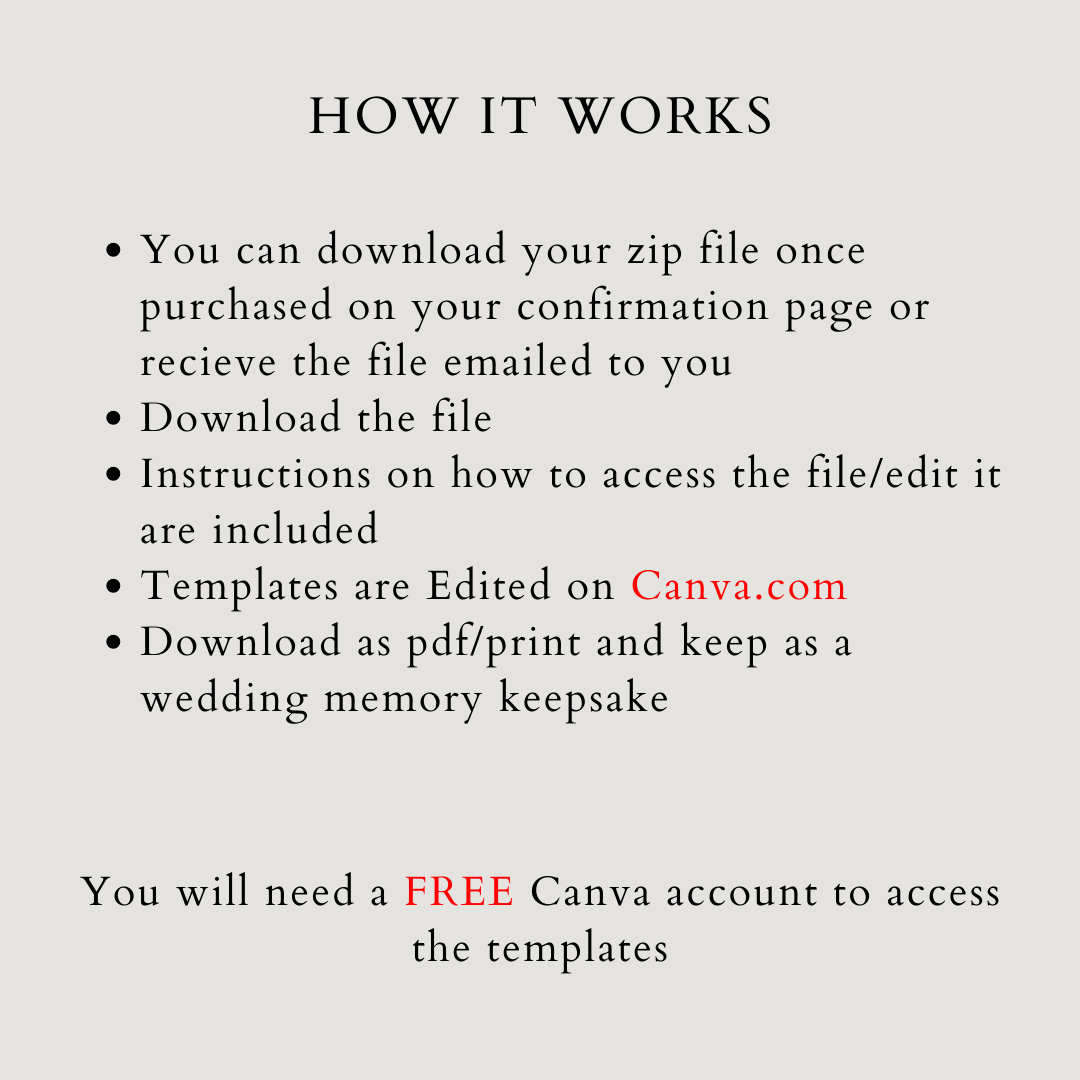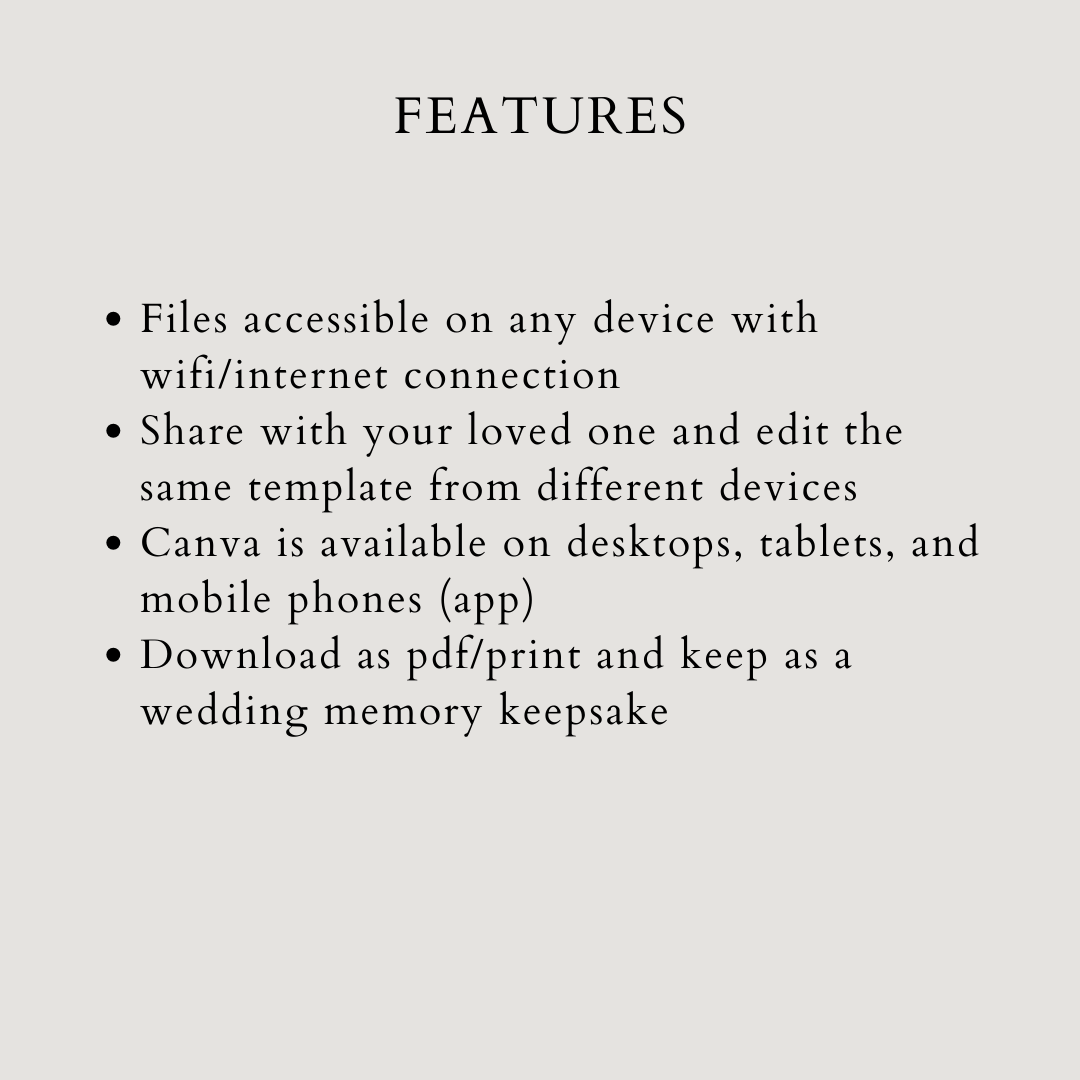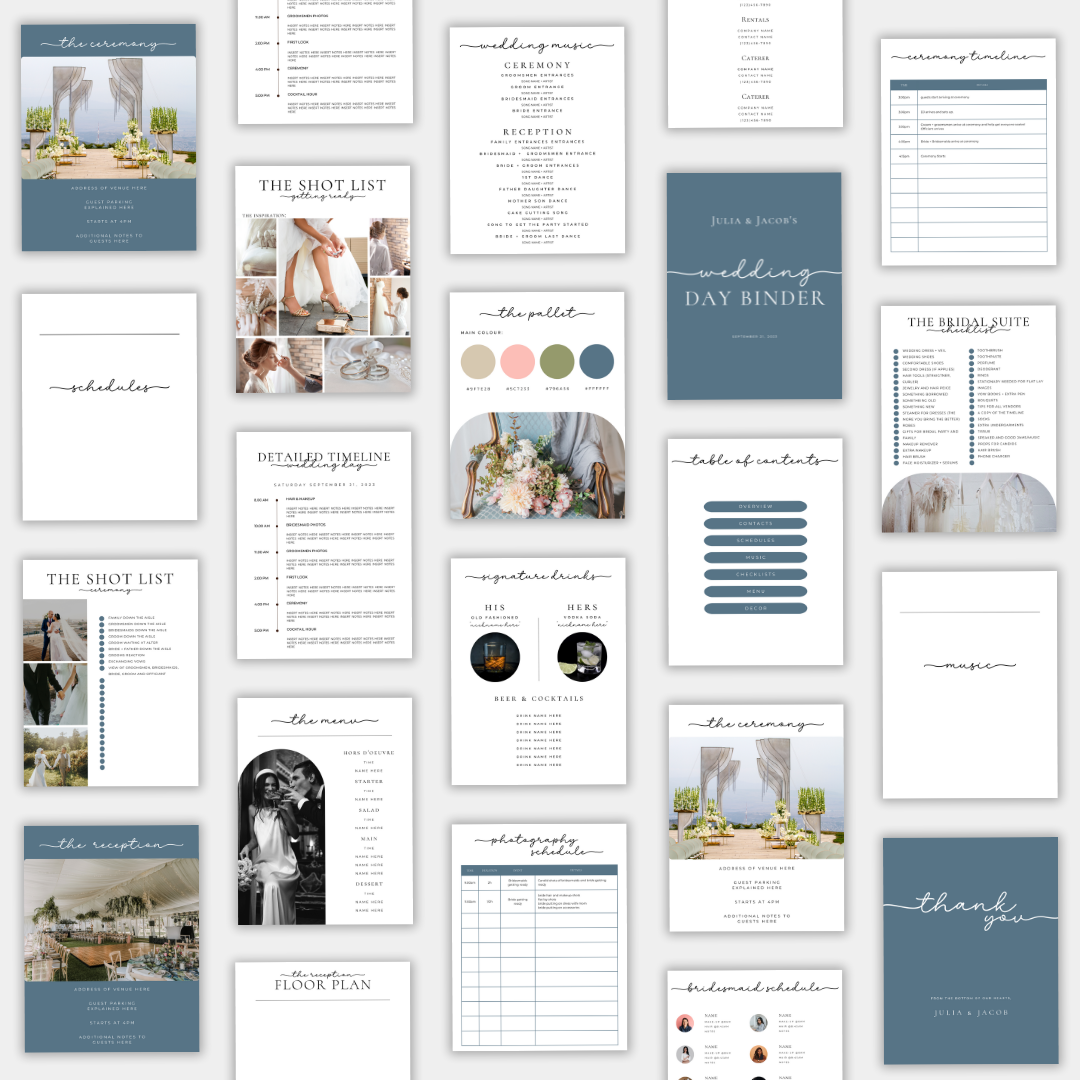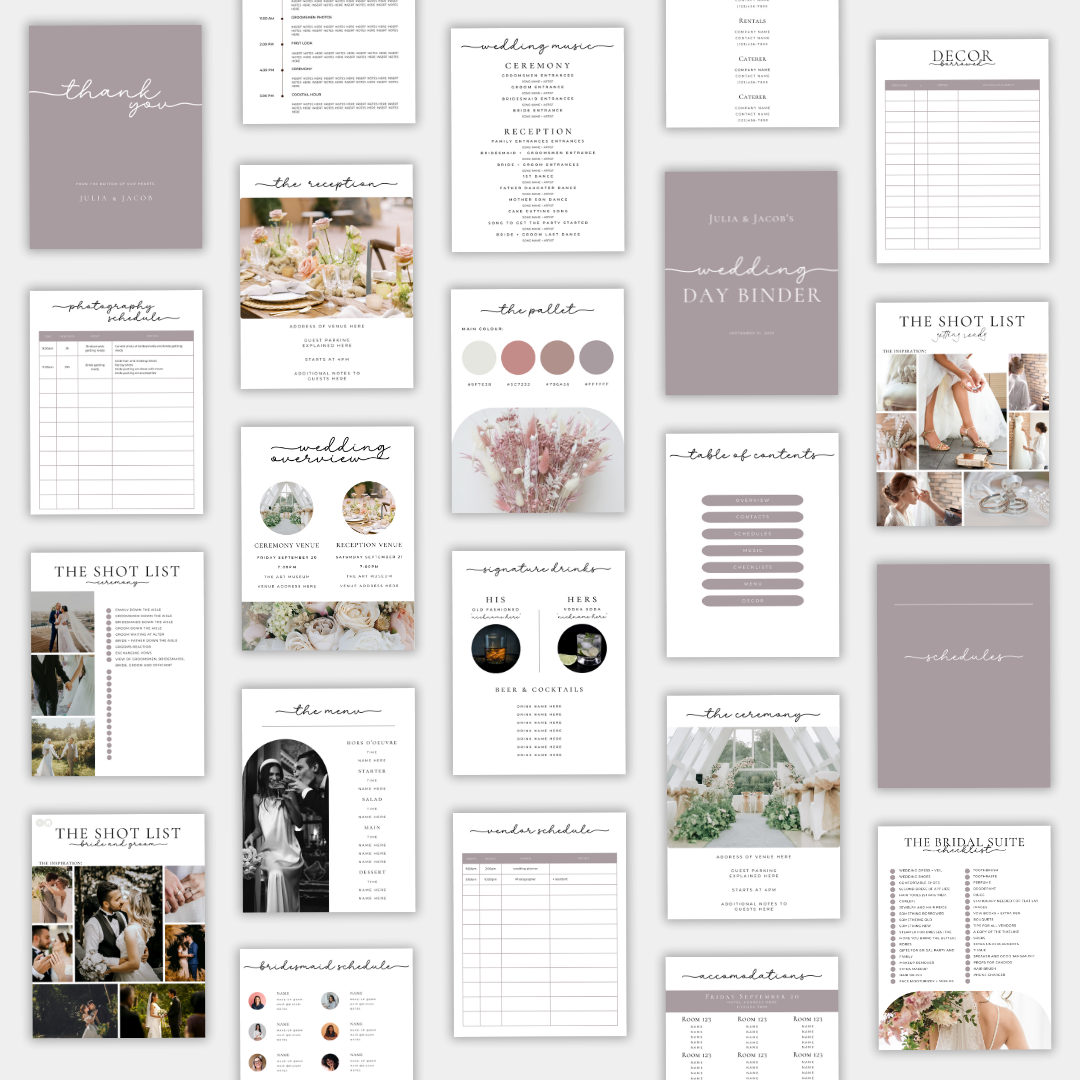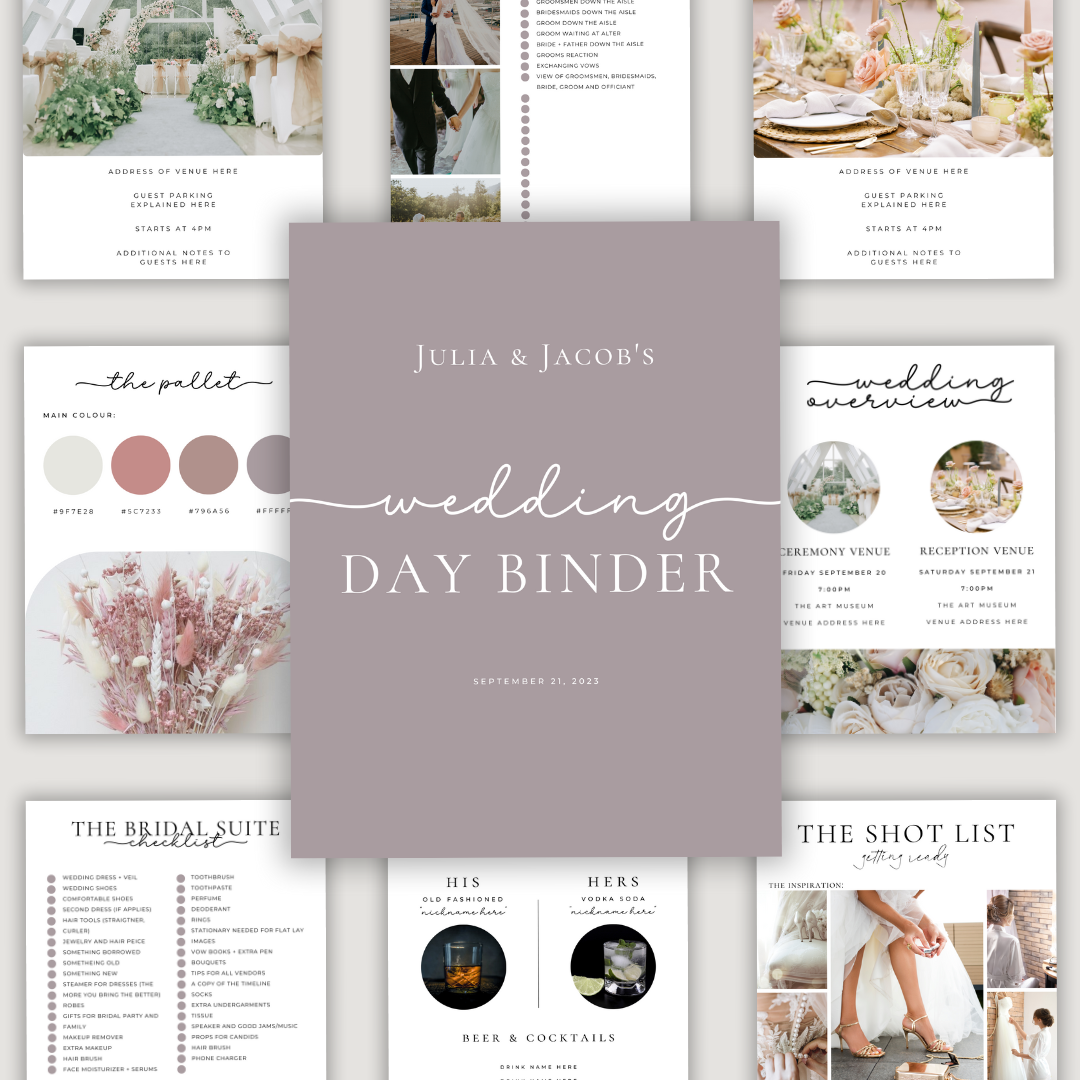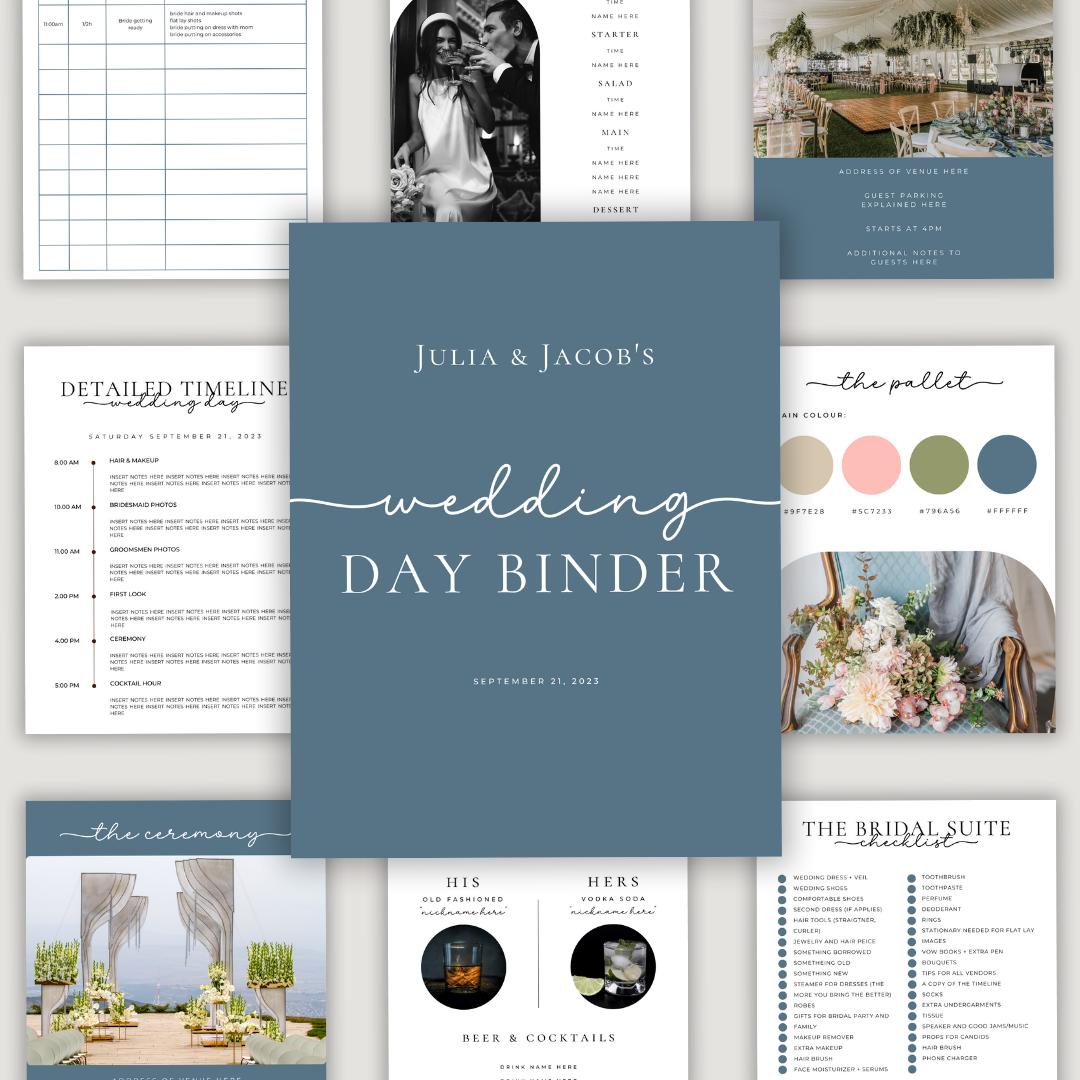Planning a wedding is an exciting journey, but managing the budget can be challenging. Whether you’re aiming for a lavish celebration or a more intimate gathering, keeping your finances in check is essential. If you’re planning a wedding for 100 guests, this guide will help you create a comprehensive budget that ensures a memorable event without breaking the bank.
Understanding Your Wedding Budget
Before diving into specific costs, it’s crucial to understand the primary components of a wedding budget. According to Google’s E-E-A-T (Experience, Expertise, Authoritativeness, Trustworthiness) guidelines, providing detailed and accurate information is key to creating a valuable resource for users. Here’s a breakdown of typical wedding expenses and tips on how to manage them effectively.
1. Venue and Catering: 40-50% of Budget
Venue Costs
- Average Cost: $4,000 - $10,000
- Tips: Choose a venue that offers both ceremony and reception spaces to save on transportation and setup costs. Consider off-peak seasons or weekdays for potential discounts.
Catering Costs
- Average Cost: $5,000 - $10,000
- Tips: Opt for a buffet or family-style meal instead of a plated dinner to reduce costs. Include a mix of high-end and budget-friendly options in your menu.
2. Photography and Videography: 10-15% of Budget
Photography
- Average Cost: $2,000 - $5,000
- Tips: Book a photographer with experience in weddings and a style that matches your vision. Consider packages that include engagement photos and wedding albums.
Videography
- Average Cost: $1,000 - $3,000
- Tips: Hire a videographer who offers highlight reels and full-length videos. Ensure they capture key moments like the ceremony, speeches, and first dance.
3. Attire and Accessories: 8-10% of Budget
Bridal Attire
- Average Cost: $1,000 - $3,000
- Tips: Look for sample sales or consider renting a dress. Budget for alterations, shoes, and accessories.
Groom’s Attire
- Average Cost: $200 - $600
- Tips: Renting a tuxedo or suit can be more cost-effective than purchasing. Coordinate with the bridal party for a cohesive look.
4. Flowers and Decor: 8-10% of Budget
Flowers
- Average Cost: $1,500 - $3,000
- Tips: Choose seasonal flowers to reduce costs. Incorporate greenery and candles to enhance decor without overspending.
Decor
- Average Cost: $1,000 - $2,500
- Tips: DIY some decor elements to save money. Use the venue’s existing decor and furniture to your advantage.
5. Entertainment: 5-10% of Budget
Music and DJ
- Average Cost: $1,000 - $2,500
- Tips: Hire a DJ instead of a live band to save on costs. Create a playlist of your favorite songs for specific moments like the first dance and cake cutting.
Additional Entertainment
- Average Cost: $500 - $1,000
- Tips: Consider adding photo booths or lawn games for additional entertainment. These options can be fun and engaging for guests of all ages.
6. Invitations and Stationery: 3-5% of Budget
Invitations
- Average Cost: $300 - $800
- Tips: Choose digital invitations to cut costs. Opt for simple designs and print-at-home options for physical invites.
Other Stationery
- Average Cost: $100 - $300
- Tips: Create DIY programs, menus, and place cards. Use online templates to design and print them yourself.
7. Miscellaneous: 5-8% of Budget
Wedding Favors
- Average Cost: $200 - $500
- Tips: Choose practical and personalized favors. DIY options like homemade treats or potted plants can be budget-friendly and memorable.
Transportation
- Average Cost: $300 - $800
- Tips: Limit transportation needs by choosing a venue with on-site accommodations. Consider carpooling or renting a shuttle for guests.
Contingency Fund
- Average Cost: $500 - $1,000
- Tips: Set aside a contingency fund for unexpected expenses. This buffer ensures you’re prepared for any last-minute changes or emergencies.
Total Budget Breakdown
Here’s a sample breakdown of a wedding budget for 100 guests:
- Venue and Catering: $9,000
- Photography and Videography: $4,000
- Attire and Accessories: $2,500
- Flowers and Decor: $2,500
- Entertainment: $1,500
- Invitations and Stationery: $500
- Miscellaneous: $1,000
- Total: $21,000
Final Tips for Budget Management
Track Your Expenses
- Use a wedding binder or digital tool to keep track of all expenses and payments.
- Regularly review your budget to ensure you’re staying on track.
Prioritize Your Spending
- Identify the most important elements of your wedding and allocate your budget accordingly.
- Be willing to make compromises on less critical areas to stay within your budget.
Ask for Help
- Don’t hesitate to ask friends and family for help with DIY projects or recommendations for budget-friendly vendors.
- Utilize your network to find hidden gems and cost-saving opportunities.
Conclusion
Planning a wedding for 100 guests requires careful budgeting and smart decision-making. By understanding the key components of your wedding budget and following these tips, you can create a beautiful and memorable event without overspending. For more wedding planning resources and tools, visit My Digital Darling. Happy planning!





